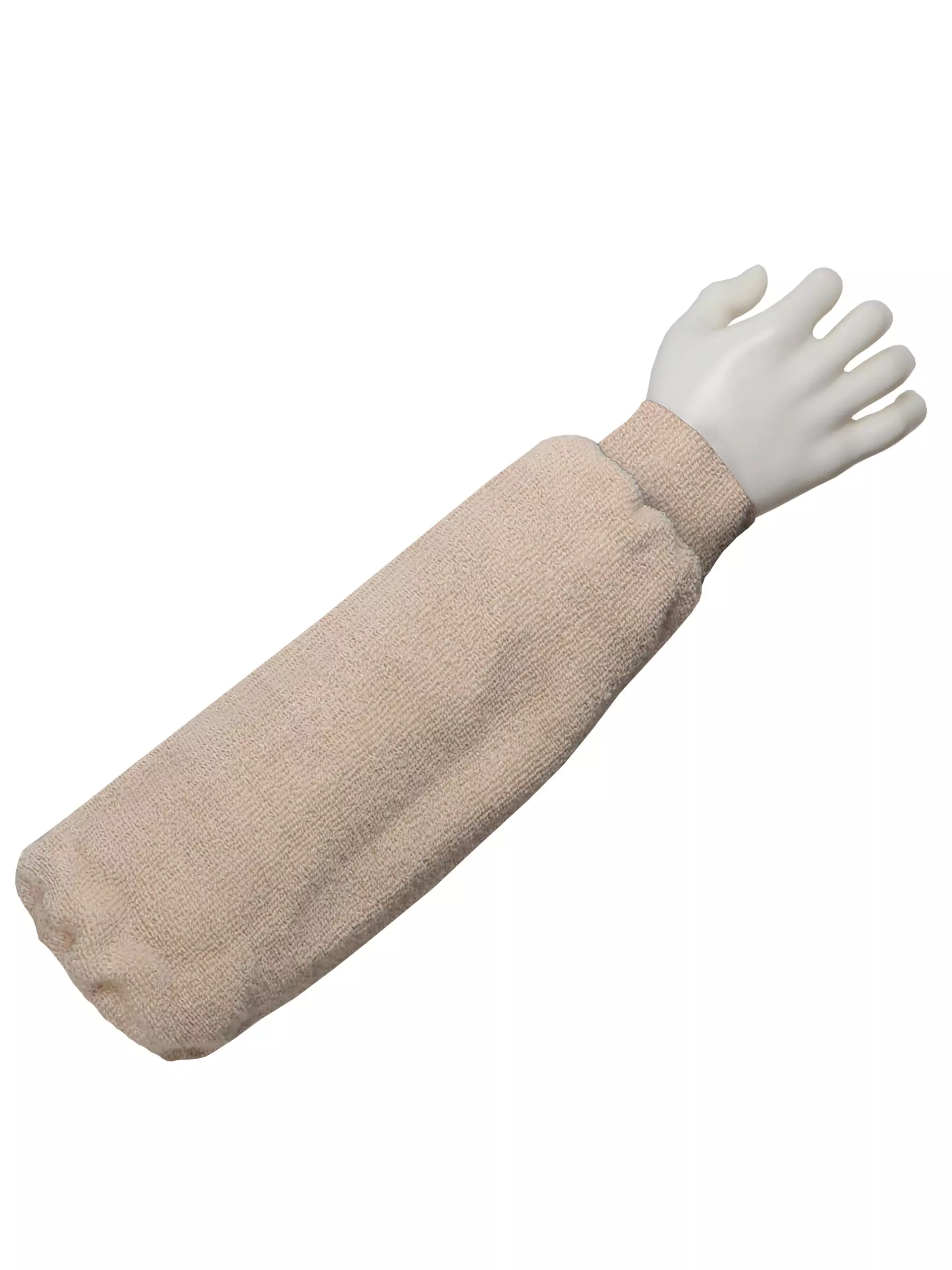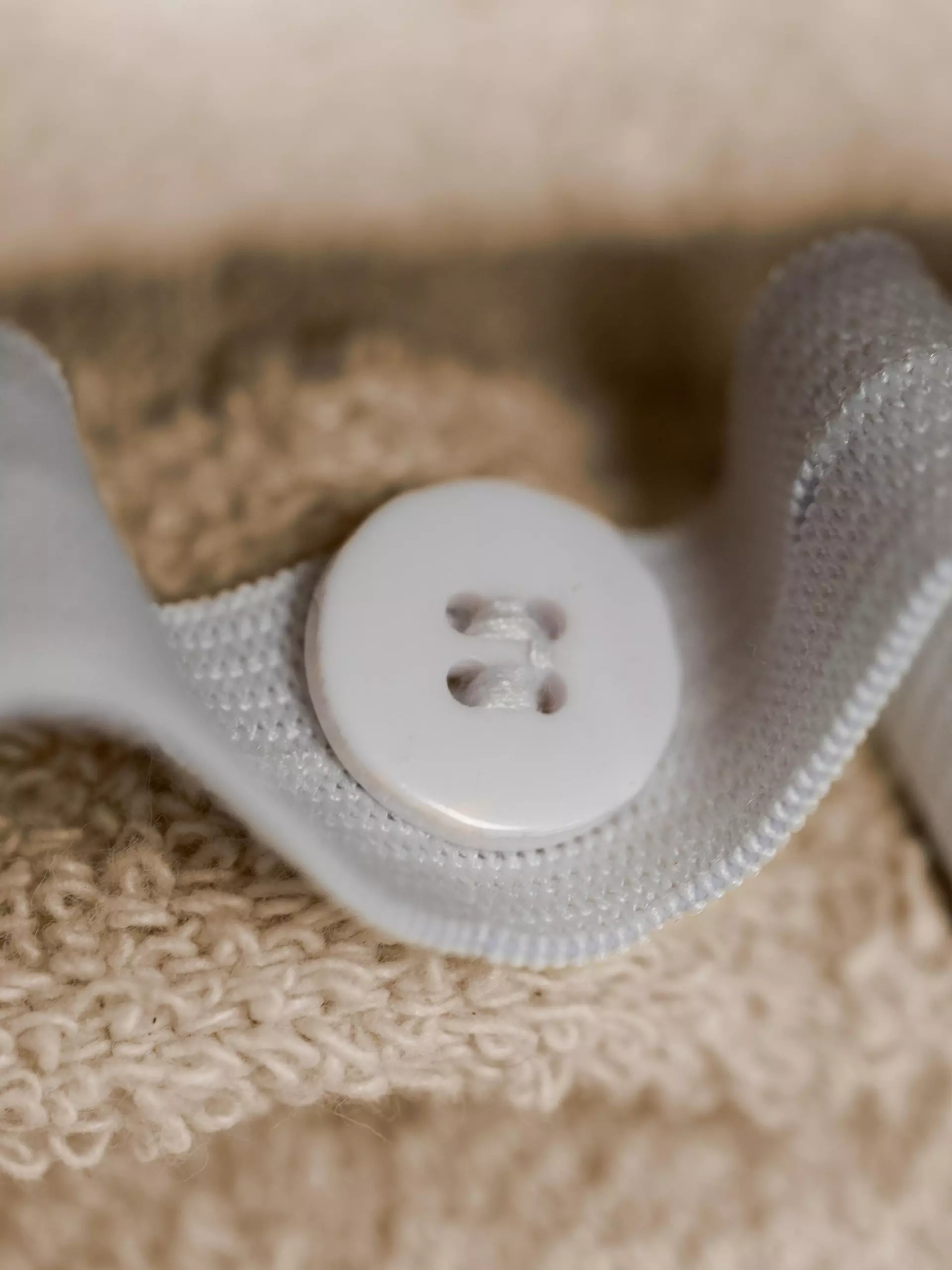

Features You'll Love

EN 388 · Abrasion Resistance Level 2, Tear Resistance Level 4
EN 407 · Heat Contact Level 1
Withstands moderate rubbing and friction, offering good protection for tasks involving handling rough materials.
Offers the highest level of protection against tearing, withstanding a strong force before ripping.
Provides protection when briefly touching hot objects. Certified for contact with surfaces up to 100°C for at least 15 seconds, offering short-term protection against burns from items like hot cookware or machinery parts.

EN 388 · Puncture Resistance Level 1
Provides basic protection against punctures from blunt objects like splinters, not sharp points like needles.
Singer Safety
Sleeves, Natural, 35 cm, 10 pairs
Sleeves, Natural, 35 cm, 10 pairs
4.9 / 5
53,73 €
Price per 10 pairs
5,37 € / pair
Choose size
Shipping fee is 7,94 € for orders under 80,00 €
Features You'll Love

EN 388 · Abrasion Resistance Level 2, Tear Resistance Level 4
EN 407 · Heat Contact Level 1
Withstands moderate rubbing and friction, offering good protection for tasks involving handling rough materials.
Offers the highest level of protection against tearing, withstanding a strong force before ripping.
Provides protection when briefly touching hot objects. Certified for contact with surfaces up to 100°C for at least 15 seconds, offering short-term protection against burns from items like hot cookware or machinery parts.

EN 388 · Puncture Resistance Level 1
Provides basic protection against punctures from blunt objects like splinters, not sharp points like needles.
Product description
These protective cotton terry sleeves provide reliable forearm protection for industrial environments while ensuring excellent comfort and mobility. Made from 100% cotton terry material, they feature an elastic band with button at the elbow and elastic knitted wrist for secure positioning during work activities. Certified to EN 388:2016 (2141X) and EN 407:2020 (X1XXXX) standards, they offer protection against mechanical and limited thermal risks.
Product Features:
- 100% cotton terry material for natural comfort and perspiration absorption
- Elastic band with button at elbow for adjustable fit
- Elastic knitted wrist for secure positioning
- Soft yet resistant fabric construction
- Sold by pair for complete protection
Technical Details:
- Length: 35 cm
- EN 388:2016 certification with 2141X rating
— Abrasion resistance: Level 2
— Cut resistance: Level 1
— Tear resistance: Level 4
— Puncture resistance: Level 1
- EN 407:2020 certification with X1XXXX rating
— Contact heat protection: Level 1
Recommended Applications:
- Light industry
- Finishings
- Maintenance
EAN: 3660514026209, 3660514026216